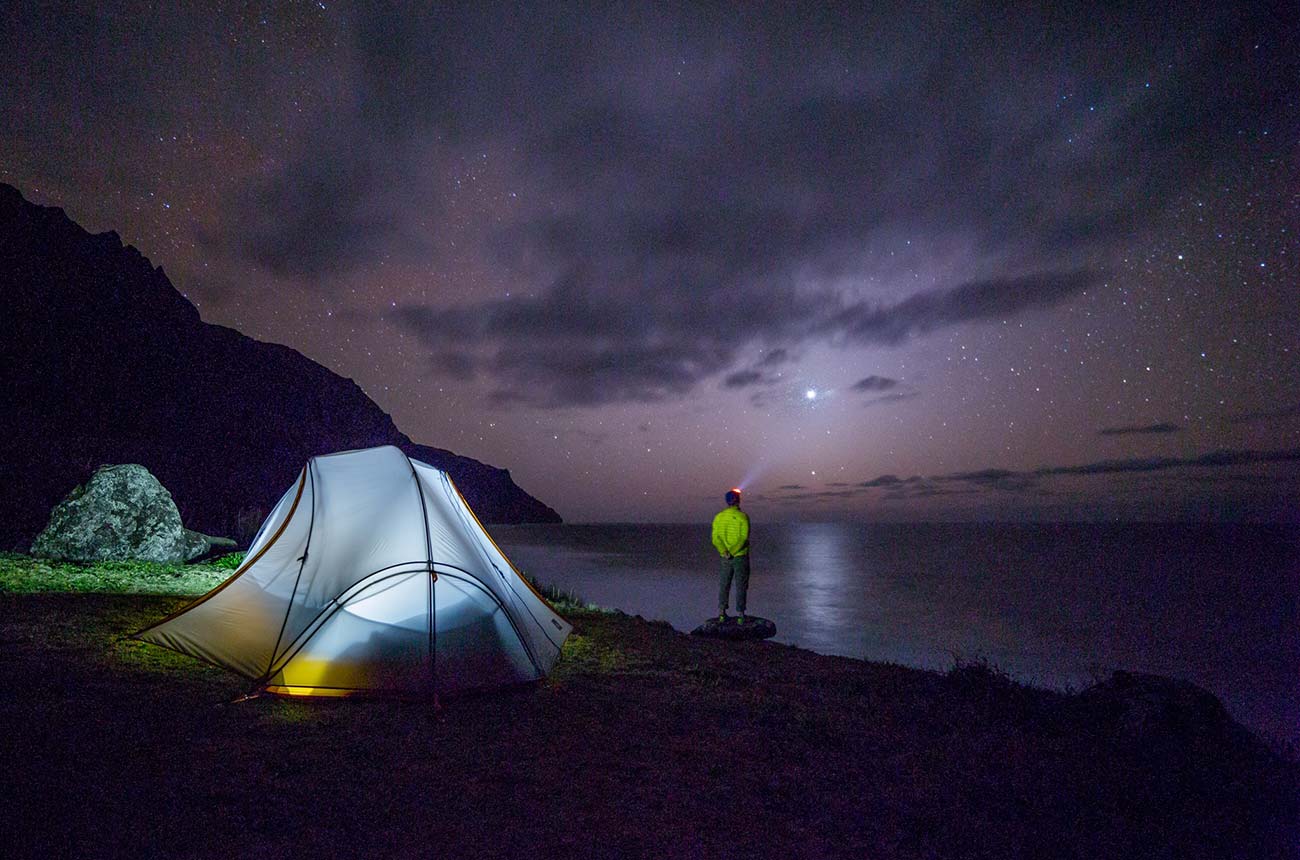
Gender Focus
Women’s voices are integral to telling the stories of our country and its culture. In April, the New Zealand Film Commission announced initiatives to bring a better gender balance behind the camera for feature films.
By Jan Sisley.
Proposed initiatives by the New Zealand Film Commission (NZFC) to increase females working in the screen industry include regular collecting and publishing of gender statistics, greater engagement with women filmmakers, targets for female participation in professional development awards, and an annual scholarship.
“At the Film Commission we are completely and utterly committed to supporting and encouraging diverse voices and stories of Aotearoa,” NZFC chief executive Dave Gibson says.
“This reflects the mission statement of the commission which is our films, our voices, our people.”
Statistics for 2009 to 2014 show that although women make up 52% of producers on films applying for NZFC funding, they are under-represented in other areas. For the same period, 32% of applications included female writers, and 8% had a female director attached, and those who received funding largely reflected the gender mix of applicants.
The NZFC are introducing five initiatives, the first concerns collecting and publishing information and statistics on women working in the screen industry.
“We will be publishing the stats and if the stats don’t get better then we will take some responsibility for that,” Gibson says.
Gender information gathered on projects funded by the NZFC will include figures for crew who have worked on NZFC-funded feature film productions. This information will be published annually. It is hoped that insights gained will increase awareness around gender equity in the NZFC screen industry, encourage discussion, and increase the participation and retention of women in the industry.
Secondly, the NZFC announced a 50% target participation rate for women in professional development applications and awards. Managed by the talent development team, this includes scholarships, professional development awards, and internships. Statistics on this will be published also. If the target 50% participation is not reached, the NZFC will actively encourage women to apply and solicit applications from women to make sure they do hit the target.
The third measure concerns identifying and engaging with female filmmakers around talent development. More time will be spent identifying and maintaining engagement with promising female feature screenwriters and directors with a view to nurturing professional and creatively beneficial relationships with producers.
Gibson stressed that the NZFC will be encouraging proposals from guilds and industry organisations that support the professional development of women in the screen industry. Also, because the NZFC helps to fund guilds, the organisation will “also be starting to look at the guilds now” in terms of gender stats.
Lastly, with the aim to make a difference through direct action they launched an annual scholarship programme for women. This year, initiated by acclaimed NZ screenwriter, producer, and director Jane Campion, the Jane Campion CineFem Scholarship for a woman aspiring to a career as a cinematographer offers the recipient an internship with a local or international cinematographer. Jane Campion and the NZFC will work together to place the recipient with a mentor of her choice.
In addition to a show reel of previous work, a CV, and a statement about why they wish to undertake this opportunity, and what outcomes they aim to take away, applicants had to have a significant project they aim to shoot within six months. It could be a short, a feature, a television program, or similar, the aim being for the recipient to use skills and tools learned during the mentorship in completing the project, and for the mentor to provide feedback throughout.
The scholarship will provide an opportunity for someone to start building a career under the guidance of an experienced cinematographer. The mentorship is expected to take place over 10 to 12 months, and the recipient is expected to participate in seminars or workshops to share what they have learned on completion. Applications are to be reviewed by a panel made up of Jane Campion, Techos’ Guild president and cinematographer Richard Bluck, cinematographers Ginny Loane and Mairi Gunn, and a NZFC representative. A shortlist will be submitted to Jane Campion for final selection.
Measures like these are a start to increasing women’s participation in the underrepresented areas of the film industry, and in future years the programme will offer scholarships across different disciplines in the screen industry where female participation is low. The NZFC intends to consult with guilds and the industry to determine which areas need support through this annual scholarship programme. This enables the programme to be flexible and evolve with the requirements of the industry.
Applications for the 2015 Jane Campion CineFem Scholarship for Women have closed with 25 entries received and a winner to be announced this month.
Correction: In issue 64 of NZTECHO magazine, a graph that ran on page 10 with the ‘gender on filmmaking agenda’ article was incorrectly titled ‘percentage of males and females in the screen industry’. This graph should have been titled ‘gender crew splits only on narrative feature films made with NZFC’. Note the graph’s information was correctly referred to in the article.


































